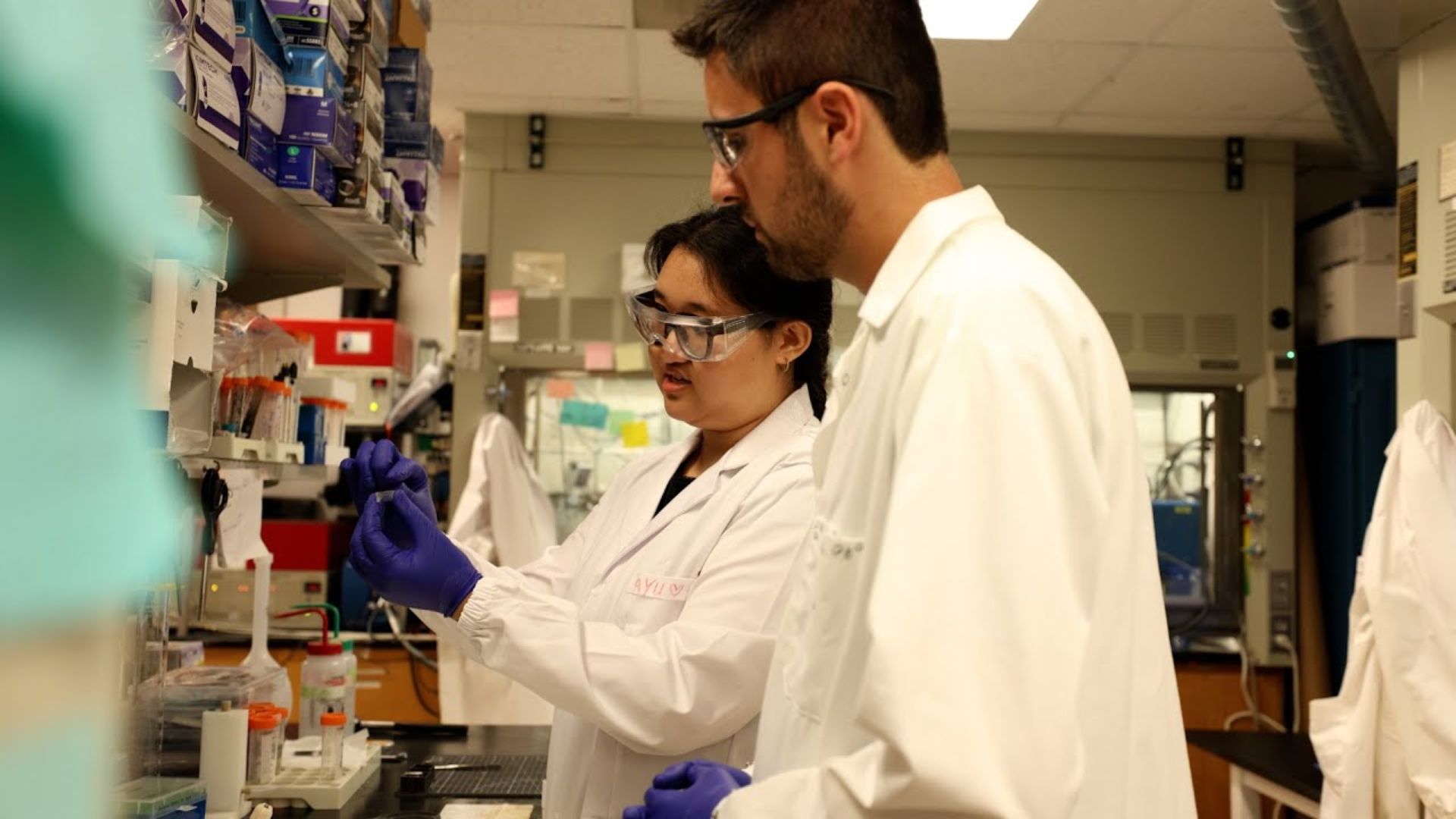Bloomington, Indiana – In a milestone moment for nanoscience, Indiana University Bloomington is stepping into a leadership role at the helm of a major research initiative that could change how we think about the smallest building blocks of technology. The College of Arts and Sciences has announced that its Center for Single-Entity Nanochemistry and Nanocrystal Design (CSENND) will receive $20 million in Phase 2 funding from the National Science Foundation’s Centers for Chemical Innovation program — one of the most competitive and prestigious awards in the field.
The boost in funding marks a significant expansion for CSENND, which was launched in 2022 with a focus on studying nanocrystals — crystalline particles so incredibly small that tens of thousands could line up across the width of a single human hair. While they are invisible to the naked eye, these particles hold extraordinary potential. Researchers believe they could one day help power clean energy systems, make electronics faster, and revolutionize chemical manufacturing.
What makes CSENND’s approach unique is its focus on “single-entity” research. Instead of studying large batches of nanocrystals and averaging their behavior, scientists here are zeroing in on individual particles. This one-at-a-time method reveals subtle but critical differences between particles, allowing researchers to pinpoint exactly how to design them for specific purposes.
“Nanocrystals are fascinating materials with amazing potential to solve real-world problems,” said Sara Skrabalak, director of CSENND and the James H. Rudy Professor and Robert & Marjorie Mann Chair in the College’s Chemistry department. “But the challenge is that they are not all the same, and that inconsistency makes it harder to design them for specific purposes. Our team brings together experts in making, testing, and modeling these tiny materials so we can learn how to control and use them more effectively.”
That variation in behavior is part of what makes nanocrystals so compelling — and so challenging. Materials at the nanoscale often act very differently than they do in bulk form. Metals, powders, and crystals that seem predictable at a size we can see can display completely new properties when reduced to a few nanometers across. Gold, for example, is normally a shiny yellow metal, but gold nanocrystals can appear in nearly any color depending on how they interact with light. At this scale, physics itself plays by different rules.
These unusual properties are not just a scientific curiosity — they represent opportunities for breakthrough technology. By understanding exactly how individual nanocrystals respond to light, electricity, and chemical reactions, scientists could engineer new materials for faster-charging batteries, higher-efficiency solar panels, or manufacturing processes that reduce waste and pollution.
“Think of it like listening to a choir,” Skrabalak explained. “If you only listen to the sound of everyone singing together, you can miss how each individual voice contributes. We’re tuning in to those individual voices, so to speak.”
CSENND’s collaborative network spans nine institutions: Indiana University, Texas A&M University, University of Texas at Austin, University of Illinois at Urbana-Champaign, University of Washington, Temple University, University of Pennsylvania, University of Rochester, and Purdue University. Each brings specialized expertise, from theoretical modeling to high-resolution imaging to innovative material synthesis.
The project’s scope extends beyond the laboratory. In its first phase, CSENND partnered with Bloomington artist Erin Tobey to create a mural next to the WonderLab Museum of Science, Health and Technology, illustrating scientific scale in a way that connects with the local community. Phase 2 will see these outreach efforts expand nationwide, with new collaborations between scientists, artists, and educators aimed at making the concepts of nanoscience accessible to a broader audience.
“It has been incredibly rewarding to foster collaborations between different research groups, and I look forward to this network continuing to grow during Phase 2,” Skrabalak said.
Support for CSENND’s work is rooted in the belief that understanding nanocrystals could have transformative impact across industries. The NSF’s backing reflects the project’s promise, as well as its unique role in the U.S. research ecosystem.
“Nanocrystals are like a microscopic goldmine of molecular treasures,” said NSF Assistant Director for Mathematical and Physical Sciences David Berkowitz. “The NSF Center for Single-Entity Nanochemistry and Nanocrystal Design will be a unique scientific resource in the U.S. by creating AI-based capabilities to rapidly explore and pinpoint individual nanocrystals with valuable properties.”
The artificial intelligence component Berkowitz referenced will help accelerate discovery by quickly identifying particles with desirable traits — an approach that blends the precision of nanoscale science with the speed of modern computing. This combination could cut years off the development timeline for new technologies.
The implications stretch across multiple sectors. In clean energy, specially designed nanocrystals could improve the efficiency of hydrogen fuel production or make solar cells more effective in converting sunlight to electricity. In electronics, they might help create faster semiconductors or better data storage devices. In manufacturing, they could enable chemical processes that consume less energy and produce fewer byproducts.
CSENND’s leaders are also emphasizing the center’s role in building a community of researchers committed to both advancing the science and sharing it with the public. “The Center is about more than just materials chemistry,” Skrabalak said. “We are building a community of researchers and engaging the public in how the tiniest building blocks of matter can shape the future and improve lives.”
For Indiana University, leading this expanded, multi-institutional center during a time of rapid technological change is a statement about its place in the national research landscape. By focusing on the smallest particles imaginable, CSENND’s scientists hope to open doors to some of the biggest breakthroughs yet to come.









